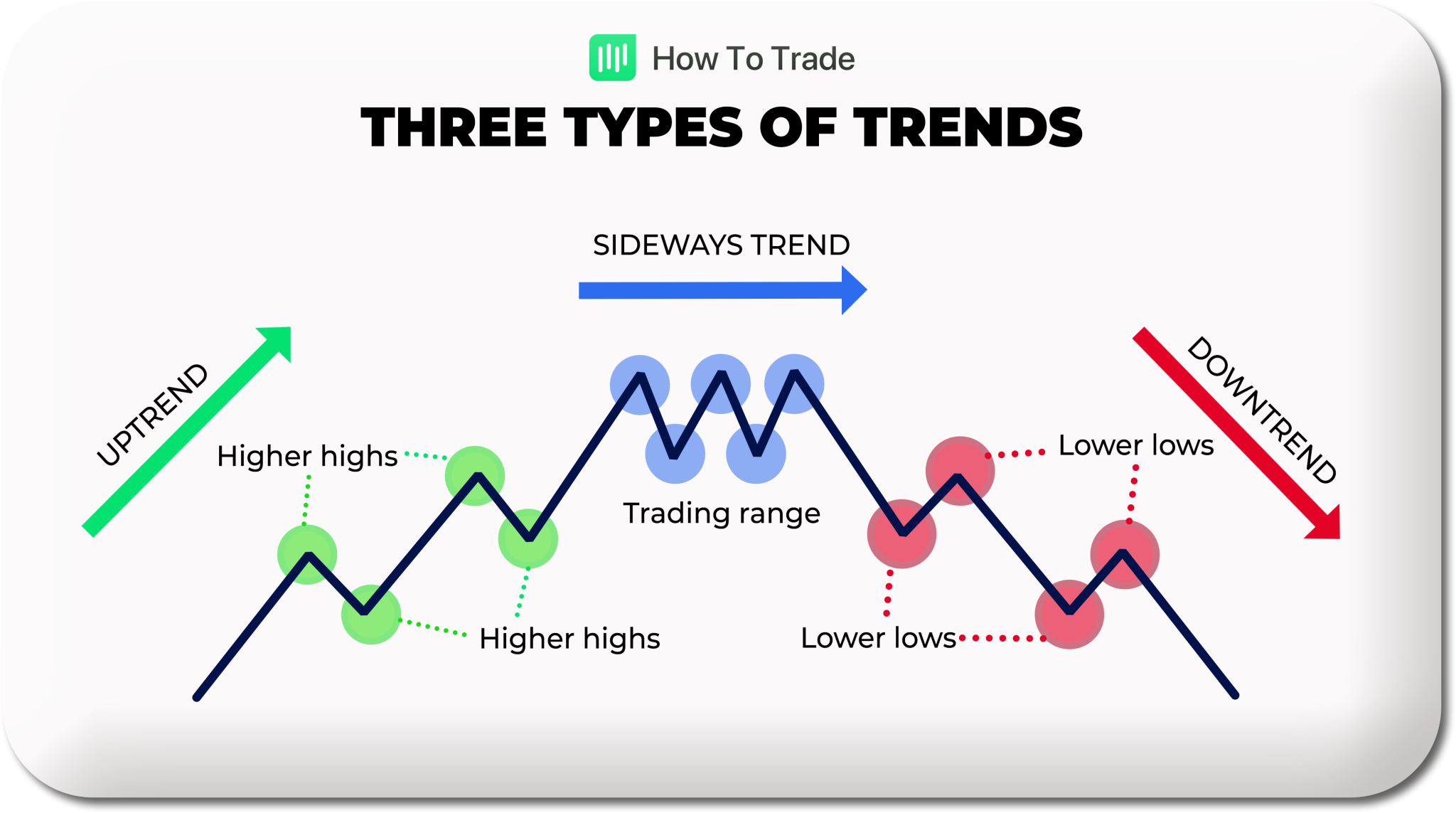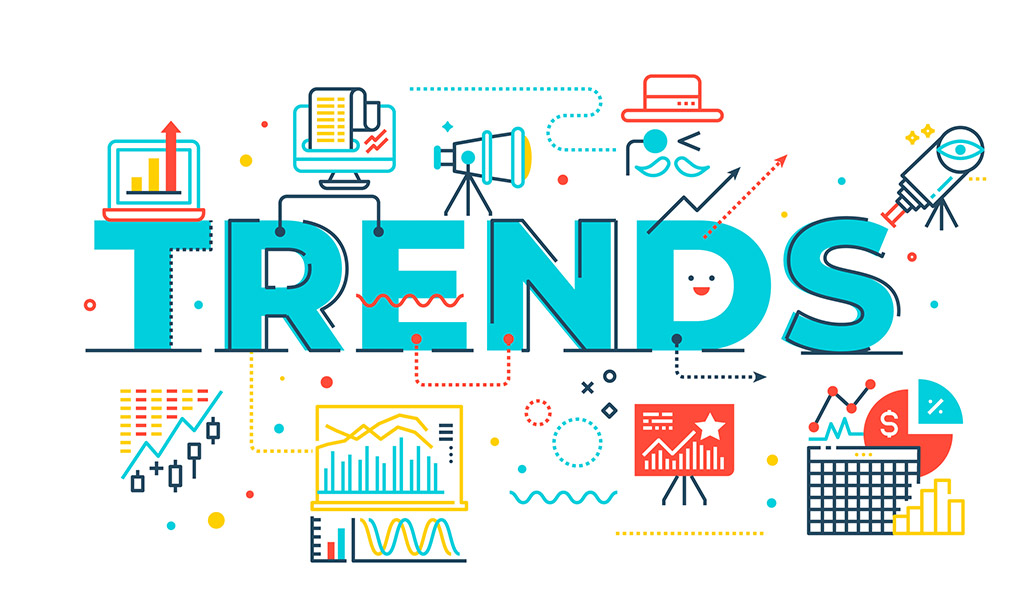Is Trend Delight Legit? Unpacking The Truth About Trend Platforms
Detail Author:
- Name : Carlos Buckridge
- Username : qsipes
- Email : schuster.adell@hotmail.com
- Birthdate : 1980-10-21
- Address : 923 Frami Lakes Apt. 319 North Franciscostad, NJ 94621-7375
- Phone : +1-423-826-8522
- Company : Gleason-Marquardt
- Job : Substation Maintenance
- Bio : Labore ea nihil voluptate dolores ut rerum possimus. Repellendus quibusdam suscipit quia voluptatum commodi libero. Corrupti odit rerum corporis qui voluptatem aliquam natus natus.
Socials
instagram:
- url : https://instagram.com/fayc
- username : fayc
- bio : Dolore est reprehenderit dicta doloremque iusto. Ut eum quisquam dicta ut.
- followers : 4696
- following : 2081
twitter:
- url : https://twitter.com/cathrine.fay
- username : cathrine.fay
- bio : Aut consequatur non iusto labore velit aliquam occaecati. Minus cumque excepturi eaque excepturi. Aut nemo voluptatem nisi est.
- followers : 2575
- following : 979
facebook:
- url : https://facebook.com/fay1978
- username : fay1978
- bio : Illum quod delectus eius ipsum. Natus quia in optio quae quaerat molestiae.
- followers : 3542
- following : 165
linkedin:
- url : https://linkedin.com/in/cathrine.fay
- username : cathrine.fay
- bio : Quia sed cum id et.
- followers : 826
- following : 413
tiktok:
- url : https://tiktok.com/@cfay
- username : cfay
- bio : Eum sit et autem maiores unde sit atque. Maxime officia ab non dolore.
- followers : 1268
- following : 2643
When you stumble upon a new platform promising insights into the next big thing, a common question pops into your head, is that, "is trend delight legit?" It's a very natural reaction, considering the vastness of the digital space and the sheer volume of information out there. People are always on the lookout for reliable sources, particularly when it comes to understanding shifts and changes in how things are developing, or even how people are behaving. This search for trustworthy information is a big deal, especially when you're hoping to make smart choices based on what's coming next.
It's almost like trying to find your way through a bustling marketplace; you want to know which vendors offer genuine goods. The idea of quickly spotting what's becoming popular, or what's gaining a prevailing tendency, is really appealing for many different reasons, whether you're a business owner, a creative person, or just someone who likes to stay ahead of the curve. This desire to grasp what's trending right now, or what's about to take off, makes us look for tools and services that claim to provide that clarity.
So, when a name like "Trend Delight" comes up, it’s only fair to pause and consider its standing. How do we tell if a source offering trend insights is truly on the level? What exactly makes a platform legitimate in this field? We'll explore these questions, looking at how real trends are identified and what signs point to a credible source, giving you a better sense of how to evaluate any service that claims to show you the future of popular movements.
Table of Contents
- What Exactly is a Trend, Anyway?
- The Core of Legitimate Trend Spotting
- Why Question "Legitimacy" in the Trend Space?
- Signs of a Trustworthy Trend Platform
- Making Your Own Informed Decision
- Frequently Asked Questions (FAQs)
What Exactly is a Trend, Anyway?
Before we can even begin to consider if "is trend delight legit," it's probably good to get a solid grasp on what a "trend" even means. In simple terms, a trend is a general direction or a pattern of change that appears over time. This pattern often comes about because of various things happening or influences at play. It represents the way things are generally moving, or what's becoming popular, in a given situation.
For instance, you might see a general tendency or inclination in how people are behaving, perhaps a shift towards suburban living, which began in the 1950s, as a matter of fact. Or, in the world of fashion, we're seeing specific looks, like grandmacore polka dots or lacy numbers, that are poised to really dominate Fall 2025. These are all examples of prevailing tendencies that become quite clear over a period.
A trend can also be described as a general development or a change in a situation. Think about how the figures in sales might show an upward trend, indicating growth. Or, in economics, a trend refers to the general direction something is developing or changing over time, which you can observe in various parts of the market. It's basically the general course or prevailing tendency of events, like the new trend in women's apparel.
Sometimes, a trend is a general course of events, something that just happens over time. The case of "brat summer" of 2024, for example, is offered as a really good illustration from which a trend's core features can be understood. It’s all about spotting these patterns, whether they are big shifts in society or just smaller, emerging popular ideas. So, understanding what a trend truly is, a general direction or a prevailing tendency, is the first step in figuring out if a platform claiming to spot them is actually worth your time.
The Core of Legitimate Trend Spotting
When we talk about whether "is trend delight legit," we really need to look at how real, verifiable trend insights are usually gathered. It's not just guesswork; there are established ways to identify and track these shifts. For one thing, Google Trends is a powerful tool that's being used across the world, by newsrooms, by charities, and by many more organizations, actually. It shows what is trending right now on Google around the world, and you can even see it visualized with their screensaver, which is pretty neat.
This kind of platform relies on vast amounts of data, showing what people are searching for, which is a very clear indicator of public interest and emerging patterns. It's a general development in how people are behaving online, reflected in their search queries. This is how you can monitor signals across the internet to discover, identify, and track new rising trends in your industry, for example. It's about seeing the general course or prevailing tendency in information seeking.
Beyond search data, there are platforms like Trend Hunter AI, which is known as the world's number one largest, most powerful trend platform. They spark new ideas by unlocking insights with a global network of nearly 400,000 hunters, billions of views, artificial intelligence, and a skilled team. This approach combines human observation with the immense processing power of AI to spot patterns that might otherwise go unnoticed. It’s a bit like having a massive, distributed team constantly looking for what's emerging, then using smart technology to connect the dots.
Trend analysis itself is a statistical technique. It's used to identify and examine patterns or trends in data over time. This involves looking at historical information to uncover insights into past trends, which then helps predict future ones. For instance, you can see how sales figures show an upward trend, or how specific hashtags like #tnaslammiversary or #baddiesafrica are trending on X (Twitter) in the United States. These are concrete examples of how data helps us understand a general tendency or a course of events. So, legitimate trend spotting usually involves a blend of massive data collection, advanced analytical tools, and often, human expertise to interpret the nuances.
Why Question "Legitimacy" in the Trend Space?
The question "is trend delight legit" comes up for a good reason. The world of trends, while fascinating, can sometimes be a bit murky. It's easy for platforms to make grand claims about predicting the future or having exclusive insights, but without solid evidence or transparent methods, it's hard to tell what's real and what's just speculation. You see, the meaning of trend is a prevailing tendency or inclination, but how that inclination is identified really matters.
There's a general tendency for people to want quick answers, especially when it comes to understanding something as dynamic as what's becoming popular. This desire can sometimes lead individuals to less reputable sources. If a platform doesn't explain how it gathers its information, or if its claims seem too good to be true, it raises a red flag, doesn't it? We know that legitimate trend analysis involves examining historical data to uncover insights, or using a global network of hunters, billions of views, and AI, as some powerful platforms do.
When a service offers "trend delight" without showing any of these foundational elements, it becomes a bit questionable. Is it really using sophisticated methods, or is it just making educated guesses? The figures showing an upward trend in sales, for example, come from actual data, not just a hunch. Similarly, knowing what is trending right now on Google around the world comes from Google's own massive data sets, which are truly immense.
So, questioning legitimacy is really about protecting yourself from misinformation. You want to be sure that the insights you're getting are based on sound principles, like those used by newsrooms and charities when they see how Google Trends is being used across the world. It's about ensuring that the general direction or pattern of change you're being shown is genuinely emerging over time, often in response to various factors or influences, and not just something pulled from thin air. You want your trend information to be as solid as possible, in a way.
Signs of a Trustworthy Trend Platform
When you're trying to figure out if a platform, perhaps one promising "trend delight," is genuinely legitimate, there are some pretty clear indicators to look for. A credible source for trend information will typically show transparency in its methods. This means they'll explain how they gather their data, whether it's through monitoring signals across the internet, using statistical techniques, or relying on a network of human observers. It's not just about saying "we spot trends," but showing how they actually do it.
For example, you might look for evidence of data-driven approaches. We know that trend analysis is a statistical technique used to identify and analyze patterns in data over time. So, a trustworthy platform should hint at using historical data, or current real-time information, to uncover insights. They might talk about billions of views, or how they process vast amounts of information, much like how Trend Hunter AI leverages a global network of nearly 400,000 hunters and AI to unlock insights. This shows a commitment to rigorous analysis, you know.
Another sign of legitimacy is the use of diverse sources. Think about how Google Trends shows what's trending right now on Google around the world, giving a broad view of public interest. A good trend platform won't just rely on one type of data but will pull from various places to get a more complete picture of a general development or change in a situation. This could include social media trends, like today's top X (Twitter) trends and hashtags in the United States, or even economic indicators showing a general tendency or course of events.
Furthermore, look for platforms that offer practical examples or case studies. If they can show how a particular trend, like the case of "brat summer" of 2024, was identified and what its core features were, it adds a lot of credibility. They might even discuss how trends in the teaching of foreign languages are observed, or how the new trend in women's apparel is spotted. This demonstrates actual experience and expertise in recognizing prevailing tendencies. A legitimate platform will also likely focus on verifiable information rather than making overly sensational claims. They provide a clear definition of trend as a general direction or pattern of change that emerges over time, rather than just vague predictions, which is really important.
Finally, consider if the platform has a track record or is associated with reputable partners. While "Trend Delight" might be new to you, established players in the field often have a history of accurate predictions or are cited by credible sources. For instance, Trend Micro, powered by AI, stops ransomware and protects against malware, which isn't directly about trends, but it shows how AI can be used reliably in a digital context. A platform that can show its methods, its data sources, and its results is far more likely to be truly legitimate. It's about building trust through transparency and demonstrable capability, which is a bit like earning your stripes.
Making Your Own Informed Decision
Ultimately, deciding if "is trend delight legit" comes down to your own careful consideration and a bit of detective work. Given that the meaning of trend is a prevailing tendency or inclination, you want to be sure that any platform you rely on is genuinely capable of identifying these shifts accurately. Don't just take a service's word for it; dig a little deeper. You're looking for signs that they understand what is trending right now on Google around the world, or how a general development or change in a situation is truly unfolding.
Start by looking for transparency. Does the platform explain its methodology? Do they show how they unlock insights with a global network of hunters, or how they use AI and a skilled team, much like Trend Hunter AI does? If they are vague about their data sources or their analytical processes, that's a pretty good reason to be cautious. Remember, legitimate trend analysis involves examining historical data to uncover insights, and that requires clear methods, so.
Consider the types of trends they highlight. Do they align with what you're seeing elsewhere from reputable sources, like how Google Trends is being used across the world by newsrooms and charities? Are they discussing things like the nationwide trend towards suburban living that began in the 1950s, or the specific fashion trends poised to dominate Fall 2025, with concrete examples? If their "trends" seem completely out of sync with broader observations, it might be a sign to step back. You want to see how to use trend in a sentence, not just vague concepts.
Look for evidence of real-world application or verifiable results. Can they point to instances where their insights have proven accurate, perhaps by showing how the figures indicate an upward trend in sales, or how a particular social media trend like #baddiesafrica was identified early? If a platform can demonstrate how a trend can be defined as a general direction or pattern of change that emerges over time, and back it up with examples, it builds confidence. It's about seeing the proof in the pudding, as they say, which is really important.
Finally, trust your gut, but back it up with research. If something feels off, it probably is. Take the time to compare what "Trend Delight" offers with what established trend analysis tools and platforms provide. Use resources like Google Trends to cross-reference information and get a sense of what truly represents a general tendency or course of events. By applying these checks, you can make a much more informed decision about whether any trend insight platform is genuinely legitimate and worth your attention. You can also learn more about trends on our site, and discover the basics of trend analysis to help build your understanding.
Frequently Asked Questions (FAQs)
What makes a trend platform trustworthy?
A trustworthy trend platform usually shows clear methods for gathering data, often using statistical analysis or large networks of observers. They might also demonstrate the use of advanced technology, like AI, to process vast amounts of information and identify patterns. Transparency about their sources and how they arrive at their conclusions is a really good sign.
How can I verify if a trend insight is accurate?
You can verify trend insights by cross-referencing them with other reputable sources, such as Google Trends, which shows what is trending right now on Google around the world. Look for supporting data, historical context, or real-world examples that back up the claim. If the trend is a general development or change in a situation, you should see evidence of it across various indicators.
Are all trend prediction services reliable?
No, not all trend prediction services are equally reliable. Some might rely on speculation or limited data, while others use robust methods like monitoring signals across the internet to discover, identify, and track new rising trends. It's important to assess their transparency, methodology, and track record before trusting their insights. You want to make sure they understand what the meaning of trend is, in a very practical sense.


